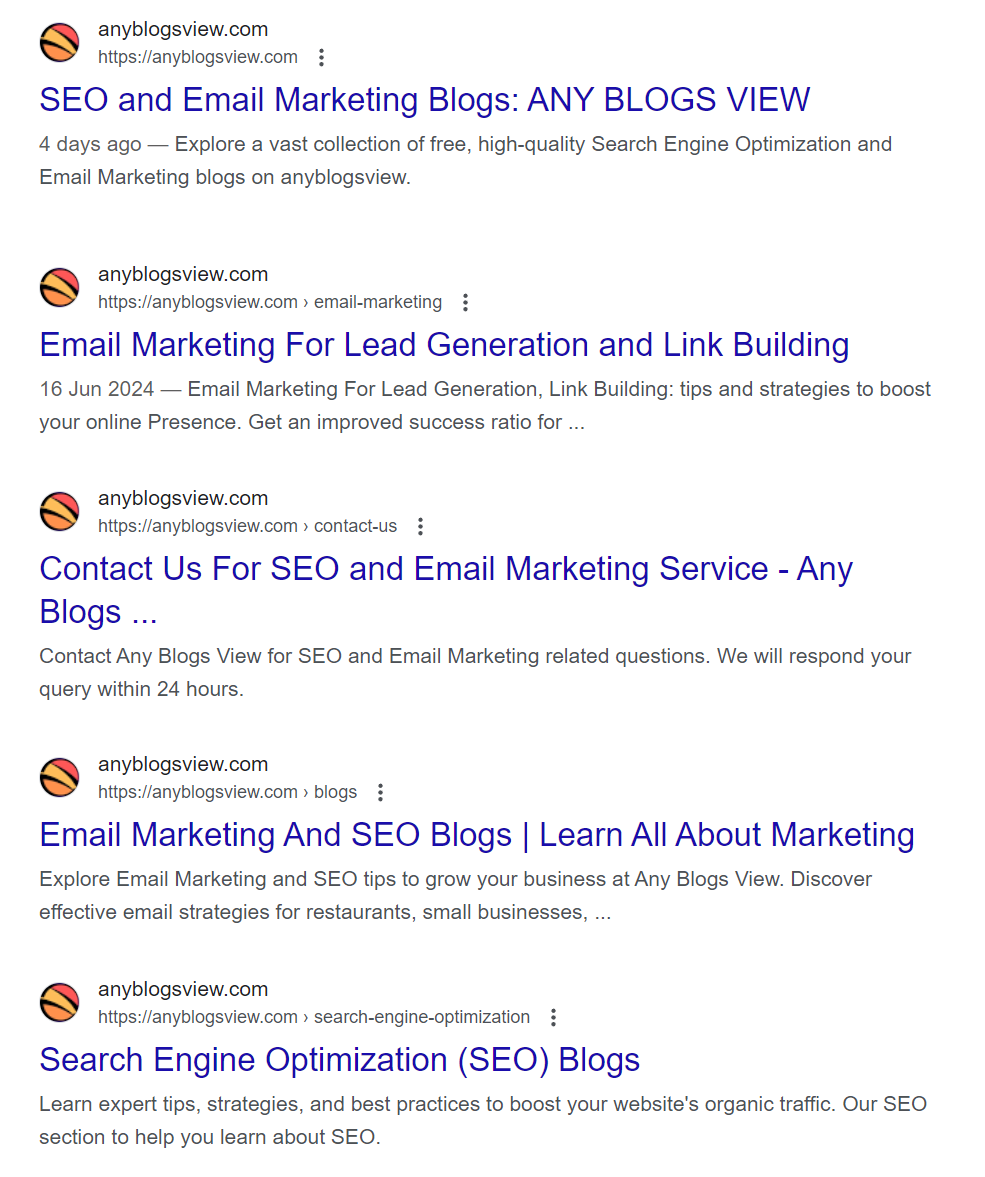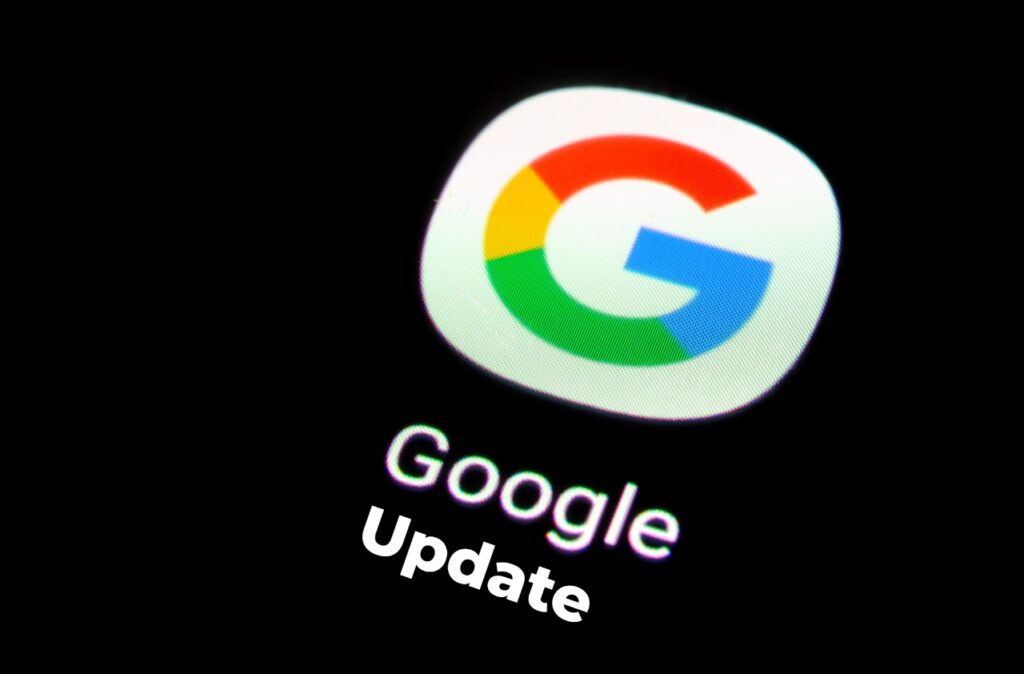Table of Contents
ToggleSEO meta titles and descriptions are important for making webpages easy to find. A meta description, which shows up in search engine results, is a brief overview of the content of a webpage. The title of the webpage appears in the meta title.
What Are SEO Meta Titles and Descriptions?

An SEO meta title is a part of the webpage’s HTML that shows the title in search results. It’s important to include keywords in the meta title to help the webpage show up better in searches. A meta description is a brief overview of what the webpage contains, helping users know what to expect.
A meta description should be between 50 and 160 characters long, and a meta title should be between 50 and 60 characters long. Both of these parts are key for optimizing a webpage and making it appealing to users.
How Do Meta Titles and Descriptions Appear?
The meta title appears in search results when someone looks for information. The meta description gives a quick idea of what the webpage is about, helping users decide if they want to click on it.
Does Google Limit the Length of Meta Titles and Descriptions?
Google does not set strict limits on how long meta titles and descriptions can be. But in search results, it usually displays 50–60 characters for titles and 100 characters or more for descriptions. To get the best visibility, it’s smart to keep your titles and descriptions within these lengths.
Advantages of Meta Titles and Descriptions for SEO
Meta descriptions are a big part of on-page optimization and offer many benefits. A well-written meta description can help a webpage rank higher in search engines.
Research shows that webpages with good meta descriptions get about 5.8% more clicks than those without.
An interesting meta description could boost the click-through rate (CTR) by encouraging readers to click on the link. This makes it easier to attract a relevant audience to your website. A good meta description also improves the user experience by telling users they will find relevant content.
Additionally, a well-crafted meta description acts like a mini advertisement, giving a quick overview of the products or services on a webpage. By including a meta description, you can control how your page looks in search results, ensuring it accurately shows what your content is about.
Moreover, a clear description helps users find what they need during their searches. The SEO meta description and title can help trigger more clicks and shares when published on social media.
The Best Ways to Write SEO Meta Titles and Descriptions
To prepare effective meta titles and descriptions, follow these tricks:
- Keep It Short: Make sure your titles and descriptions are clear and fit within the ideal character limits.
- Contain Keywords: Using appropriate search terms enhances the visibility of your title and description, but don’t use too many.
- Make It Stand Out: Your meta title and description should grab the user’s attention compared to others.
- Use Calls to Action: Phrases like “Learn how,” “Get a Free Trial,” or “Discover more” can encourage users to click on your link.
- Be Accurate: Ensure your meta title and description truly reflect the content on the webpage.
- Keep It Unique: Each webpage should have its own unique meta title and description.
Common Mistakes When Creating SEO Meta Titles and Descriptions
Avoid these common mistakes when making your meta titles and descriptions:
- Make sure they are clear and interesting.
- Don’t overuse keywords, which can make them hard to read.
- Be specific about what users will find on the webpage.
- Create engaging titles that catch attention.
- Avoid copying titles from competitors.
- Ensure your titles and descriptions relate to the content on the page.






